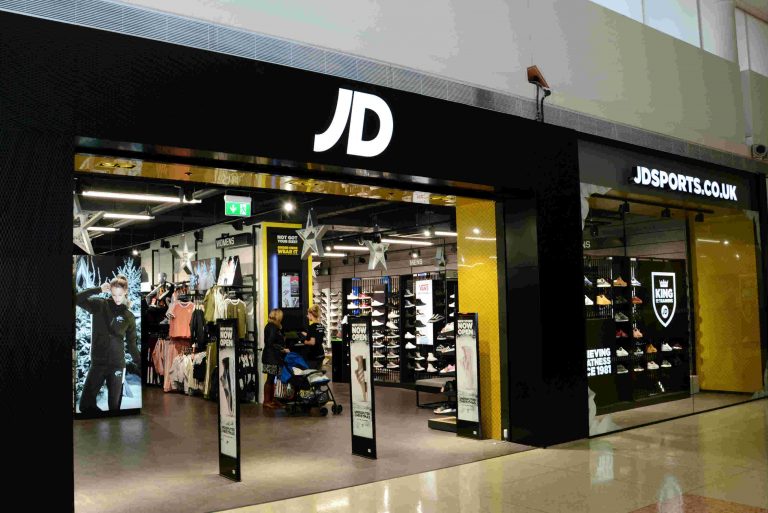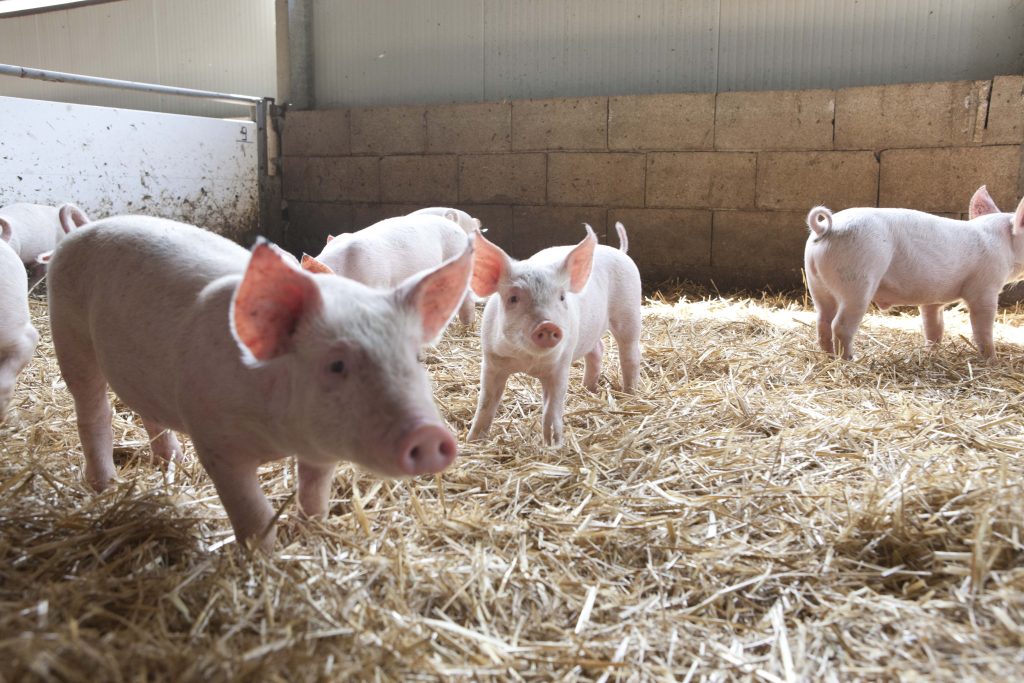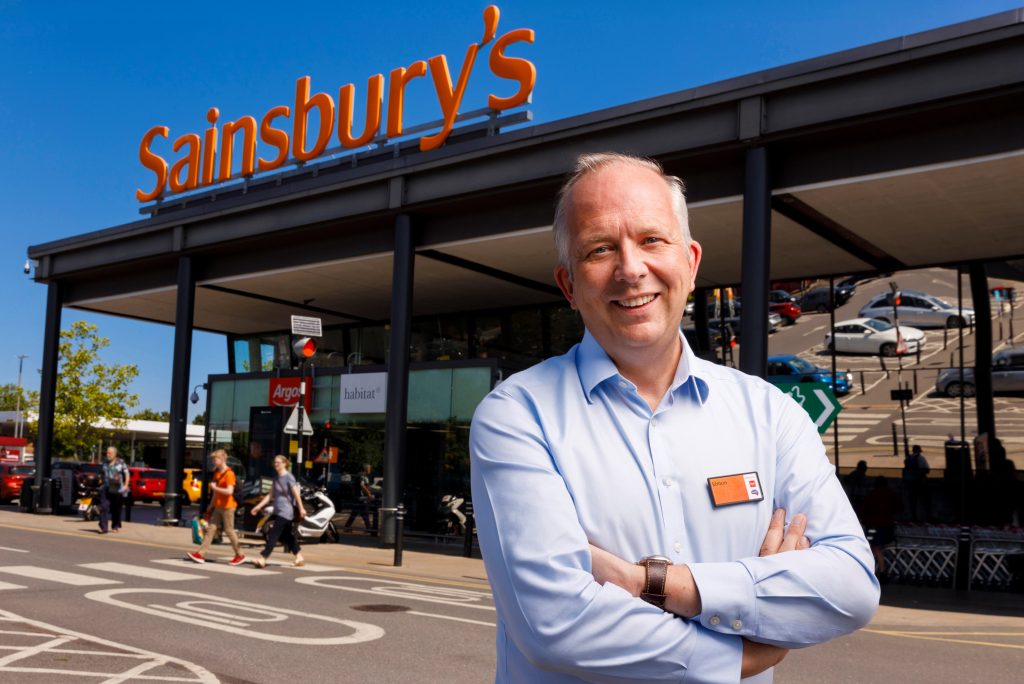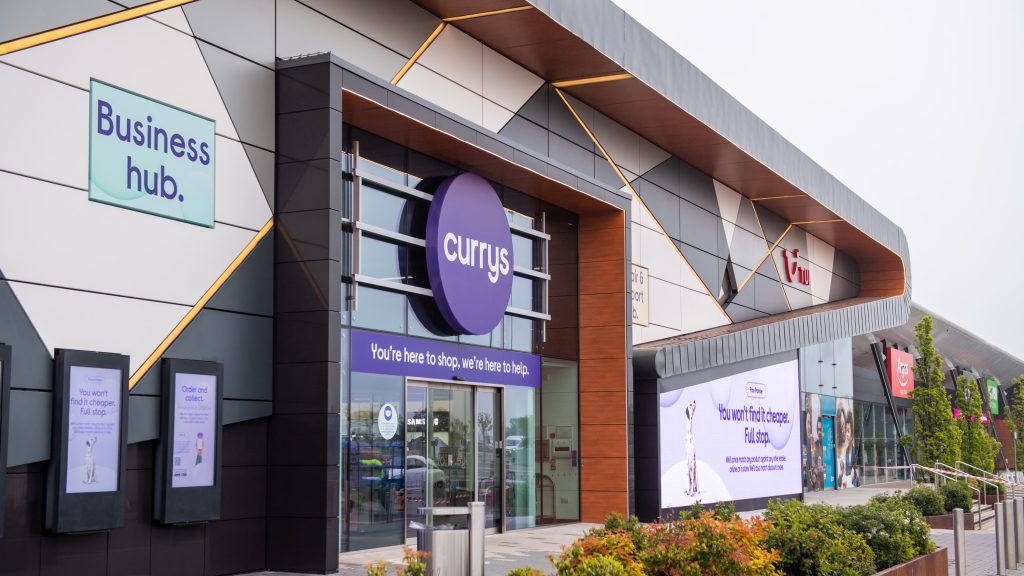‘31.7 per cent sales growth‘ and ‘0.8 per cent market share increase‘ are just a few of the latest and perhaps most impressive figures seen quoted across the press over the last couple of weeks, referring once again to Aldi‘s machine-like grocery market domination.
The latest instalment of the much-anticipated Kantar Worldpanel grocery market share data revealed that discounters Aldi and Lidl are still at the top of their game when it comes to their ongoing battle to conquer the UK grocery market.
But how has this happened? How has a once overtly stigmatised, small segment of the retail market gone from underdog to taking on the likes of Tesco, Sainsburys Morrisons and Asda, in such a short space of time?
Firstly, we must look at the way consumer shopping habits have changed. With the worst of the financial crisis now behind us, we‘ve been left with a huge cultural shift in the way the British consumer shops. Budget cuts have driven shoppers to the discounters but the quality and accessible format has kept them going back for more, with a recent report finding 85% of discount users plan to continue using the channel, even after their financial difficulties have passed.
As a result of this, people are now less willing to drive to the out-of-town superstore for the weekly bulk-buy. Shoppers are now opting to use a repertoire of stores, rather than one trusted supermarket and they don‘t always have room for 20 toilet rolls under their stairs, nor can they afford the £15 in petrol just to get to a big four store.
A second major factor is that discount stores have changed, with Aldi being a prime example of a discounter that has captured the interest of the new consumer. With the recent addition of lobster tails to its stock range, Aldi knows that it is now drawing in middle-class consumers and is diversifying its offering to match this. It has broadened its range but is also maintaining and improving its overall level of quality.
Finally, the big multiples have not changed fast enough. If we look at recent figures, most of the big four reported a decline in sales except for Sainsburys, which reported a two per cent increase, driven solely by its convenience arm.
The big four model is still based on its traditional out-of-town superstores. Yes, we are now seeing a flurry of convenience arms pop up, such as Tesco Express and Sainsburys Local, but this alone isn‘t enough to compete. The prices within these stores are still significantly higher than those in the discount stores. As we know, consumers are now using a selection of stores, and this means that if the Lidl three doors down has the same product, but considerably cheaper, they will more than likely go there and remember this for the future.
Waitrose is another example of a big retailer listening to the consumer and beginning to shift its strategy to encourage an increase in sales. It recently announced that it would be rolling out more of its ‘Little Waitrose‘ stores, a smaller convenience based version of the larger supermarket store. This is a positive sign Waitrose is listening and responding to the change in consumer behaviour and shopping style, and will soon be reaping the rewards as it continues to challenge the big four for the top-spots.
The main point to draw from all this is the inherent need to adapt to change. In order to compete with the growing discount channel, the big four must learn to adapt quickly to changes in consumer needs. Where the discounters have altered their offerings to meet the requirements of their growing middle class audience, the big for must do the same with store format. A more flexible business model is key to meeting the requirements of an ever more demanding society.




























